The purchase of a stairlift is a large investment. Depending on the type of construction, equipment and structural situation of the stairs, a stairlift sometimes costs 15,000 € or even more. Buyers can get a part of these costs back through the tax office. But the stairlift can be deducted from the tax only under certain conditions.
Stairlifts can improve the quality of life immensely. First, however, you have to be able to afford a stair lift. The costs associated with the installation of a stairlift, namely, can easily become 5-digit. When financing a stairlift, many individual factors therefore play a role. In addition to subsidies, such as from the care insurance, the tax office also offers a possibility for refinancing. Under certain conditions, the stair lift can be deducted from the tax.
Claim stairlift from the tax office
Many buyers of a stairlift do not know that they can deduct the costs associated with the installation of the stairlift from the tax. As part of the tax return, the expenses can be declared to the tax office as a so-called extraordinary burden. Since the investment in a stairlift can easily be 5-digit, the tax burden can be significantly reduced.
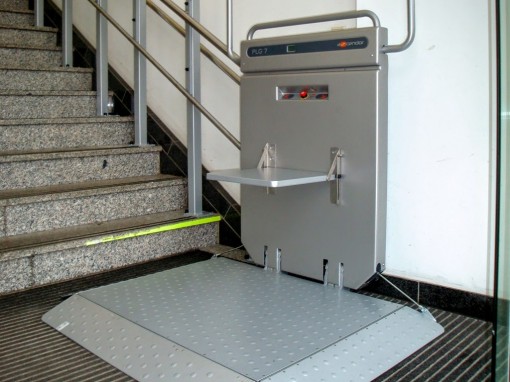 PhotosSource: © Copyright by Ascendor GmbH
PhotosSource: © Copyright by Ascendor GmbHWhen calculating in advance of the purchase, the possibility of tax deductibility should be considered in any case. It is therefore also advisable to obtain appropriate consultation from a tax advisor before making the purchase. The tax advisor can usually also estimate how high the expected tax relief will actually be.
Can any stairlift be deducted from tax?
The cost of the stairlift can only be claimed from the tax office under certain conditions. Namely, if the stairlift is installed only for reasons of increased comfort, the tax office refuses to recognize the costs as an extraordinary burden. Therefore: In order to be able to deduct the stair lift from the tax, there must be a medical necessity.
The simplest and most common way to prove medical necessity is to submit a medical certificate. Therefore, before purchasing the stairlift, the attending physician should be consulted in addition to the tax advisor. It should be discussed with the doctor whether, in his opinion, there is a medical necessity for the use of a stair lift. A corresponding certificate can confirm this for the tax office.
Why can the stairlift be deducted from tax?
The current handling is based on a ruling of the Federal Fiscal Court (BFH) from 2008. At that time, the BFH had ruled that the cost of the stair lift can be claimed as an extraordinary burden. The complaint was filed by a mother who had the stair lift installed for her paraplegic son. The BFH also ruled that the son’s assets or income were not relevant.
In this specific case, the son could have paid for the stair lift himself, but he did not do so in order to use the assets to secure his retirement. The mother then stepped in to finance the stair lift for the son. She was therefore able to claim the costs on her tax return.
What sums are involved?
The cost of installing a stairlift varies widely. Simple stairlifts cost from about 3,000 €. But such a stairlift is not always enough. Decisive is, for example, which design is needed. For example, stairlifts for wheelchair users (platform lifts) are usually significantly more expensive than seat lifts. For platform lifts, prices usually start at around 9,000 €.
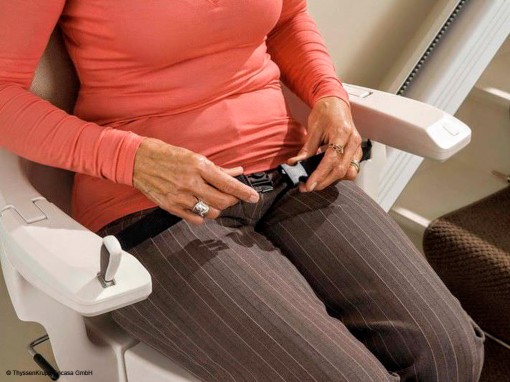 PhotosSource: © ThyssenKrupp AG
PhotosSource: © ThyssenKrupp AGStair lifts installed on curved staircases are particularly expensive. In such a case, the rails have to be individually adapted to the course of the stairs, which can easily raise the price to 8,000 € or more. How high the actual tax savings are, which result from the tax deductibility of the stair lift, varies individually.
Are there other subsidies?
Subsidies for the purchase of a stair lift are available from the care insurance. It pays for the entire conversion measures a maximum subsidy of 4,000 € per person. The basic prerequisite for this is the classification into a care degree. If several people in need of care live together, e.g. a married couple, the barrier-reducing measures are subsidized by the care insurance up to 8,000 €.
The care insurance subsidy is therefore not usually sufficient to cover all the costs incurred. The health insurance companies do not contribute to the costs of the stair lift. They refer to a decision of the Federal Social Court, according to which stairlifts are not medical aids in the true sense.
How can stairlifts be financed favorably?
A favorable financing for the stairlift purchase is available from the state development bank KfW. KfW grants loans for the purchase of a stairlift under the program “Altersgerecht Umbauen” (No. 155). The KfW finances thereby up to 100 per cent of the resulting costs, maximally however 50,000 euro. The interest rates vary from case to case, but start at 1.00 percent effective per year.
Loans are available for a term of up to 30 years with a maximum 10-year fixed interest rate. Alternatively, KfW also offers a bullet loan with a term of up to eight years. The loan can be applied for by homeowners, tenants or landlords at their respective house bank. The house bank then also handles the processing and disbursement of the loan.

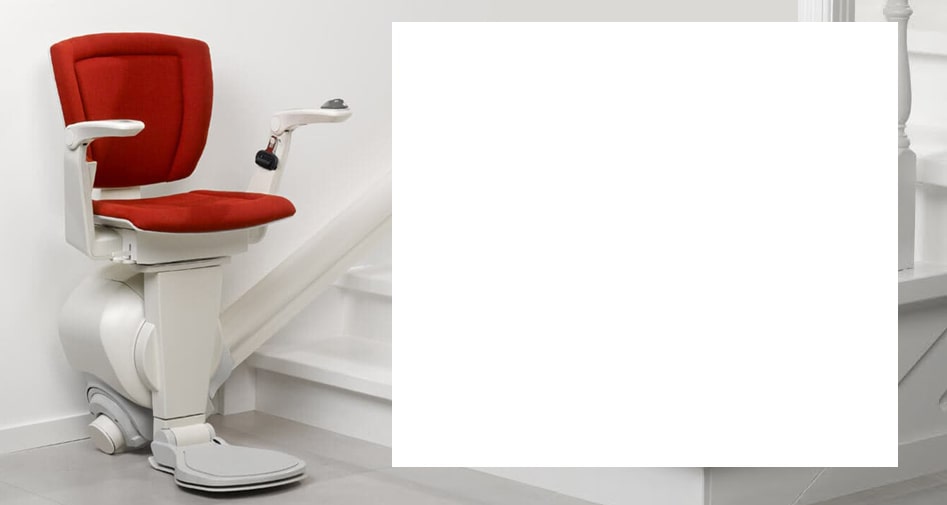

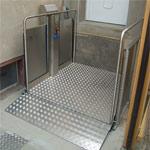
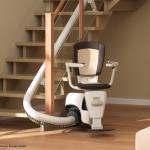
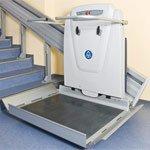
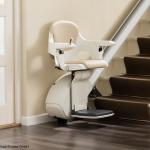
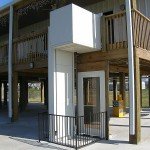
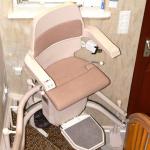
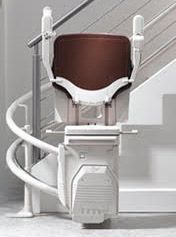

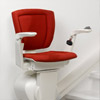
What about the subsidies for multiple use of the stair lift by people with a care level in a multi-family house ?
My mother-in-law is turning 94 years old. She is 100% disabled (also walking disabled) and needed a stair lift. I have claimed her costs of approx. € 11,000.00 as an extraordinary burden in her tax return. The tax officer told me she had to spread the amount over 10 years! Is that legal?